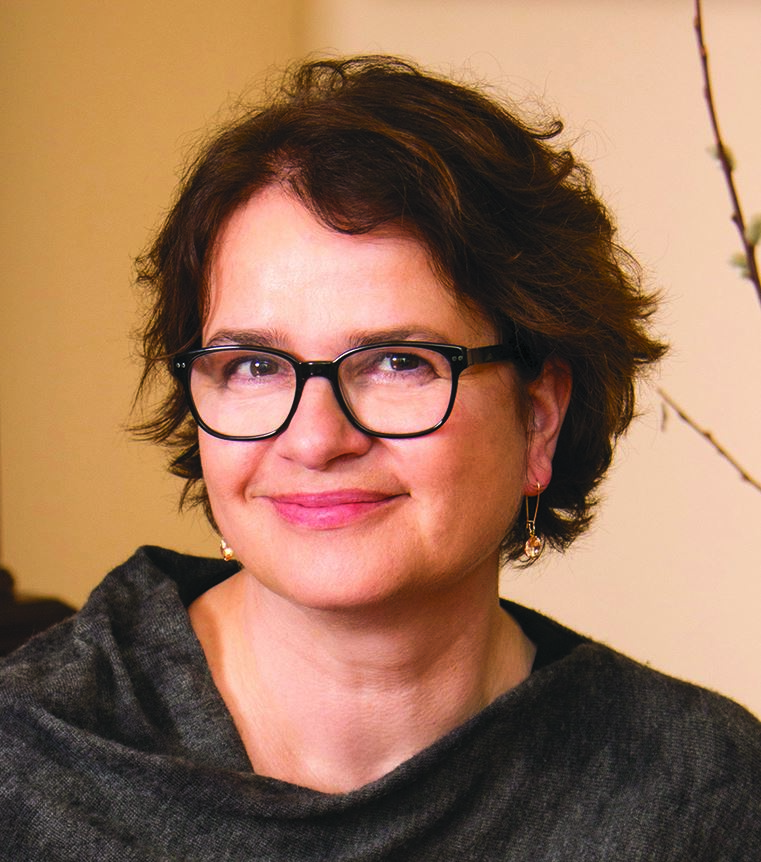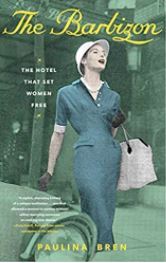
AUTHOR | PAULINA BRENBiography
WATCH: Bren for History in Five |
UPCOMING EVENTS
|
ABOUT THE BOOK
The Barbizon by Paulina Bren
| The Barbizon was a New York City women-only hotel that catered to the glamorous, famous and ordinary. Opened in 1927, it became a destination for the modern woman seeking a career in the arts, the place to stay for women seeking fame and fortune. Before the hotel’s residents, such as Sylvia Plath, Grace Kelly, Liza Minelli, Joan Didion, and Meg Wolitzer became household names, they were young women arriving at the Barbizon with “a suitcase and a dream.” The Barbizon was a place for women to remake themselves or come into their own. It remained a women-only hotel until 1981, and this book shares its rich history. While the building itself incorporates a blend of Italian Renaissance, Late Gothic Revival, and Islamic decorative elements and is on the National Register of Historic Places, the important and overarching history of labor and women’s rights is told via the portraits of the women who stayed there. This compelling book is a story of Manhattan as well as a history of women’s ambition. As written in The New Yorker, “The Barbizon pitched itself as a kind of middle ground between the old and the new, offering young women a safe and respectable place to stay, while also offering them entrée into whatever sort of life they desired: careers, if they wanted to be working women; cosmopolitan dating pools, if they were looking for a husband.” Wrapped in the history of one building is the story of “changing cultural perceptions of women’s ambition throughout the last century, set against the backdrop of the most famous theater of aspiration, New York City." |





